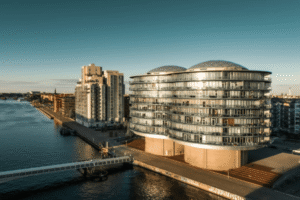Few names in world literature inspire as much wonder and nostalgia as Hans Christian Andersen. From humble beginnings to global fame, Andersen’s own story is as enchanting as the fairy tales he created.
His influence continues to shape Denmark’s cultural landscape, offering visitors a chance to walk in his footsteps and experience the magic for themselves. But what made his life so extraordinary, and where can you still feel his presence today? Let’s dive into the story behind the storyteller.
Key Takeaways
- Hans Christian Andersen rose from humble beginnings in Odense to become one of Denmark’s most beloved storytellers.
- His timeless fairy tales like The Little Mermaid and The Ugly Duckling, reflect his life’s struggles and dreams.
- Visit Andersen’s childhood home and interactive museum in Odense for an immersive experience of his early life and imagination.
- In Copenhagen, see iconic sites like the Little Mermaid statue, colorful Nyhavn, the Royal Theatre, and his final resting place.
- Andersen’s legacy lives on globally, inspiring literature, art, and cultural celebrations more than 200 years after his birth.
Early Life of Hans Christian Andersen
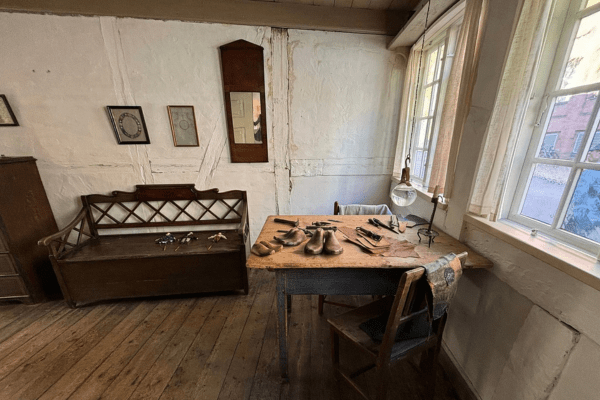
Born on April 2, 1805, in the small town of Odense, Denmark, Hans Christian Andersen came from modest means. His father, a shoemaker, and his mother, a washerwoman, struggled to provide for their only child. Despite their poverty, Andersen’s imagination was nurtured through storytelling, puppet shows, and books.
However, tragedy touched him early: his father died when Andersen was only 11 years old. The young boy was forced to leave school and work to help support his family. Nevertheless, dreams of fame and creativity burned brightly within him.
In 1819, at just 14 years old, Andersen left for Copenhagen, seeking a future in the arts. He hoped to become an actor or singer, but success did not come easily. He faced years of hardship, rejection, and loneliness, yet his perseverance would soon pay off.
The Rise of an Unforgettable Author
Although Andersen’s initial attempts at acting were unsuccessful, he began to focus on writing. Supported by influential patrons who recognized his talent, Andersen attended school to refine his skills. His education was far from easy; he often faced ridicule due to his humble background and older age compared to his classmates.
His literary career truly began in the 1830s. He published several novels and poetry collections, but it was his fairy tales that captured the world’s heart. His first collection, Fairy Tales, Told for Children (1835), included classics like “The Tinderbox” and “The Princess and the Pea.”
Andersen’s storytelling was distinct. Unlike many traditional fairy tales, his works often contained deeper, bittersweet emotions, reflecting the struggles and triumphs of real life. Over time, his tales transcended age and culture, bringing him worldwide recognition.
Hans Christian Andersen’s Most Famous Stories and Their Origins
Throughout his life, Hans Christian Andersen wrote over 150 fairy tales, many of which have become timeless classics. Here are some of his most famous stories and the inspirations behind them:
The Little Mermaid
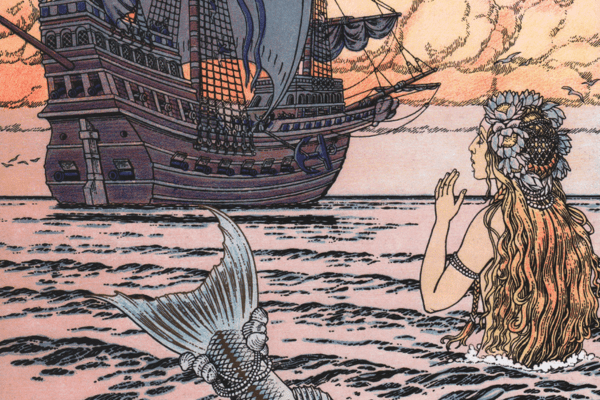
One of Andersen’s best-loved stories, The Little Mermaid, tells the tale of a young mermaid willing to sacrifice everything for human love. Andersen was inspired by his own experiences of unattainable love, especially his deep affection for Edvard Collin, a close friend who did not return his romantic feelings. Through The Little Mermaid, Andersen expressed the longing, resilience, and heartbreak that often marked his personal life.
The Ugly Duckling
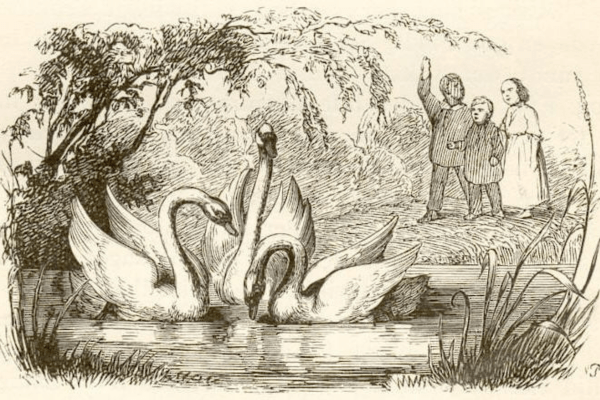
The Ugly Duckling is a moving tale about transformation and self-acceptance. It reflects Andersen’s own life journey from a poor, awkward boy to a celebrated author. His struggles with societal acceptance and identity deeply influenced this heartfelt story.
Following Hans Christian Andersen’s Footsteps in Denmark
Today, Denmark embraces Andersen’s legacy with open arms. Travelers can explore numerous sites connected to his life and stories, offering a magical glimpse into his world.
Odense: The Birthplace of a Legend
The city of Odense is where Andersen’s journey began. Here, visitors can find two essential stops that are perfect for understanding the early years of the legendary author.
Hans Christian Andersen’s House (H.C. Andersens Hus)
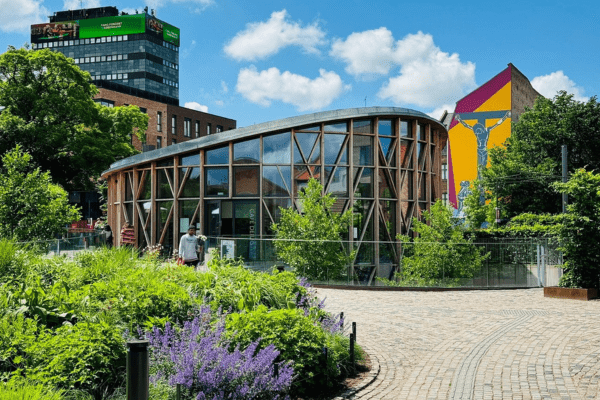
The H.C. Andersens Hus is not just a museum; it is a full-fledged experience of wonder and discovery. Opened in 2021, the museum offers a groundbreaking interactive journey into Andersen’s imagination. Instead of merely telling his life story, it invites visitors to step into the universe of his fairy tales.
Here you can find original manuscripts, letters, drawings, and even personal artifacts from Andersen’s life. These carefully curated exhibits bring the emotions and lessons embedded in his stories to life.
The design of the museum, with its innovative architecture and beautiful gardens, feels like walking through one of Andersen’s own tales. It is an unmissable destination for anyone wanting to understand how this boy from Odense became a literary giant.
Hans Christian Andersen’s Childhood Home
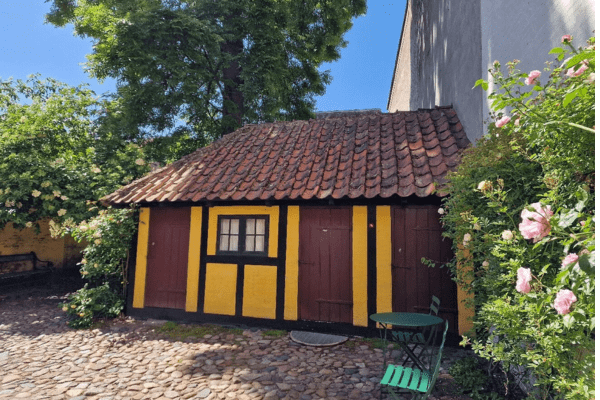
A short walk from the main museum, Hans Christian Andersen’s Childhood Home offers an intimate look at the humble beginnings that shaped the storyteller. Preserved almost exactly as it was in Andersen’s time, this tiny yellow house showcases the simplicity and hardships of his early life.
Inside, the modest rooms give visitors a tangible sense of the poverty that young Hans endured. Old furnishings, tools, and personal items from the era are displayed alongside photographs and excerpts from Andersen’s writings. Standing in these small rooms, it’s easy to imagine a young boy dreaming of faraway kingdoms and magical creatures while living in very real hardship.
Visiting his childhood home provides profound insight into how Andersen’s difficult upbringing fueled his rich and empathetic imagination.
Copenhagen: A City of Stories
Copenhagen, where Andersen spent much of his adult life, brims with places linked to the beloved author.
The Little Mermaid Statue
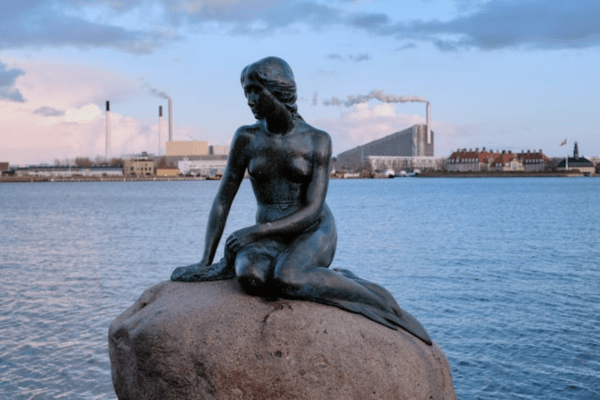
No trip to Copenhagen would be complete without visiting the iconic Little Mermaid Statue at Langelinie Pier. Unveiled in 1913, this bronze sculpture, created by artist Edvard Eriksen, was commissioned by Carl Jacobsen, the son of the founder of Carlsberg Breweries. Jacobsen was deeply moved by Andersen’s fairy tale and wanted to honor it with a statue.
Though smaller than many first-time visitors expect, the statue’s delicate beauty captures the poignant spirit of the Little Mermaid perfectly. Her wistful gaze out to sea reflects the longing and bravery of Andersen’s beloved character. The statue has since become one of the most recognized symbols of Denmark, visited by millions each year.
Despite facing several acts of vandalism over the decades, the Little Mermaid remains a proud and resilient emblem of Copenhagen’s connection to Andersen.
Nyhavn
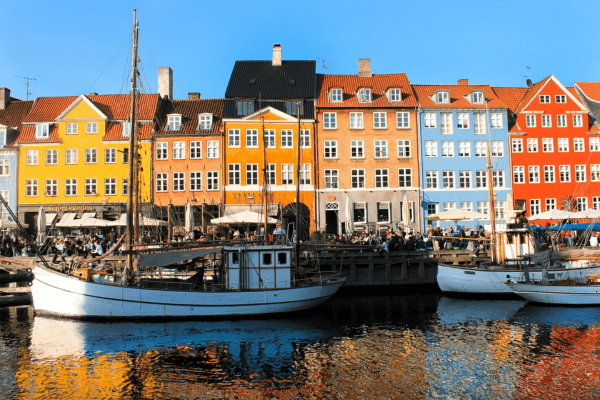
Another must-see in Copenhagen is Nyhavn, the colorful harbor where Andersen lived at three different addresses over his lifetime. The vibrant waterfront, filled with 17th-century houses and bustling cafes, is a lively reminder of the Copenhagen that Andersen loved. Today, you can stroll past the very houses where he wrote many of his famous tales.
The Royal Theatre and Assistens Cemetery
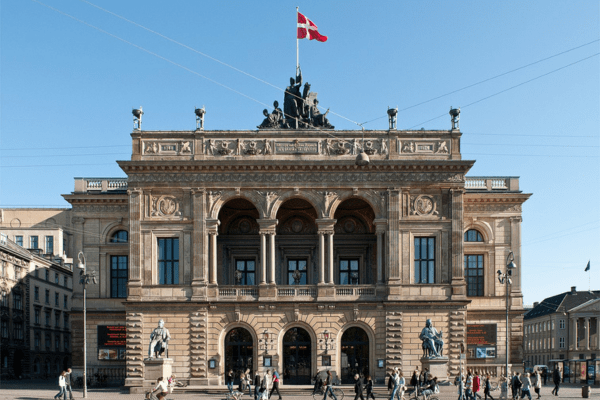
The Royal Theatre was a significant part of Andersen’s early dreams. Though he initially aspired to be a performer there, it later became a venue that honored his plays and stories.
Andersen’s final resting place can be found at Assistens Cemetery in Copenhagen’s Nørrebro district. His simple gravestone stands as a tribute to a man whose tales still breathe life into Denmark’s streets and squares.
The Timeless Influence of Hans Christian Andersen
More than two centuries after his birth, Hans Christian Andersen’s influence endures. His fairy tales have been translated into more than 150 languages and have inspired countless adaptations across literature, film, theatre, and ballet. UNESCO even declared Andersen’s manuscripts part of the Memory of the World Register, recognizing their immense cultural significance.
In Denmark, Andersen’s legacy is a vibrant part of national identity. His birthday is celebrated with storytelling festivals, public readings, and theatrical performances. Around the world, statues, schools, and cultural events continue to honor his impact.
Conclusion
Hans Christian Andersen’s life is a testament to the magic of dreams, perseverance, and creativity. From his humble beginnings in Odense to his celebrated life in Copenhagen, he captured the universal human experience in the most enchanting ways. His fairy tales, filled with wonder, sorrow, and hope, continue to touch hearts worldwide.
To truly experience the magic of Andersen in Denmark, join Amitylux’s Copenhagen private tour! With expert local guides leading the way, you’ll uncover the city’s literary landmarks, charming neighborhoods, and hidden corners, all while enjoying a personalized and luxurious journey. And if you are planning on a trip to Copenhagen, be sure to explore our detailed Copenhagen itinerary, filled with insider tips to help you make the most of your adventure this summer.
FAQ
Hans Christian Andersen was born in Odense, Denmark, on April 2, 1805.
Some of Andersen’s most famous fairy tales include The Little Mermaid, The Ugly Duckling, and The Princess and the Pea.
Visitors can explore Andersen’s childhood home and museum in Odense, admire the Little Mermaid statue in Copenhagen, and visit historic sites like Nyhavn and the Royal Theatre where he lived and worked.



